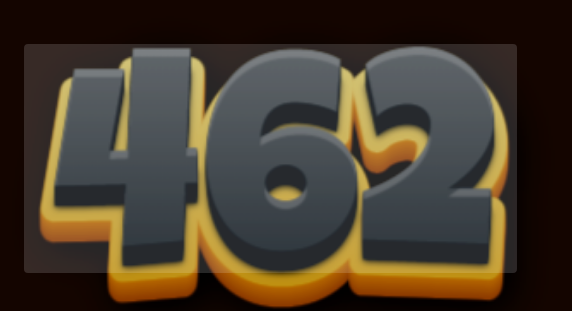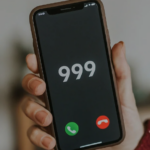If you’ve received a text message from the number 462, you might be wondering about its origin and purpose. This number is a “short code,” a special 3-6 digit number used by organizations for high-volume text messaging. A message from short code 462 is most commonly associated with T-Mobile for official alerts and security verification.
The Primary Use: T-Mobile Alerts and Security
The most prominent and verified user of short code 462 is T-Mobile. The mobile carrier uses this number to communicate directly with its customers for several important reasons.
- Official T-Mobile Alerts: According to T-Mobile’s own support documentation, 462 is one of the designated short codes used for sending official T-Mobile Alerts to subscribers.
- Two-Factor Authentication (2FA): A critical function of this short code is sending security verification codes. When you or someone else attempts to log into your T-Mobile account online or make significant changes, a temporary PIN or verification code is sent from 462 to the registered phone number to confirm your identity.
Security Warning: How Scammers Exploit This Number

Because short code 462 is a legitimate number used for T-Mobile security, scammers have incorporated it into their fraudulent schemes. Here’s how a common scam works:
- The Initial Contact: A scammer will call you, often pretending to be a T-Mobile representative offering a discount or a prize.
- The Verification Attempt: While on the phone with you, the scammer will initiate a password reset for your T-Mobile account on the official T-Mobile website.
- The Code Request: This action triggers T-Mobile to send a real verification code to your phone from the legitimate short code 462. The scammer on the phone will then ask you to read this code back to them, claiming it’s needed to confirm your prize or discount.
- The Takeover: If you provide the code, the scammer can successfully reset your password, take control of your T-Mobile account, and potentially access your personal information or make unauthorized changes.
Crucial Advice: T-Mobile will never call you to ask for a verification code that was sent to you. These codes are for your use only. Never share a verification code with anyone who calls you unexpectedly.
What Short Code 462 Is NOT
It’s also important to distinguish this SMS short code from other instances where the number “462” appears:
- Australian Visas: The number 462 is associated with the “Work and Holiday visa (subclass 462)” for Australia. This is completely unrelated to the text message short code.
- Radio Frequencies: The number also relates to the General Mobile Radio Service (GMRS), which uses radio frequencies around 462 MHz for short-distance, two-way communication. This is also unrelated to SMS messages.
In summary, if you receive a text from short code 462, it is most likely a legitimate, and often security-sensitive, message from T-Mobile. Always be vigilant and never share verification codes with anyone who contacts you directly.


